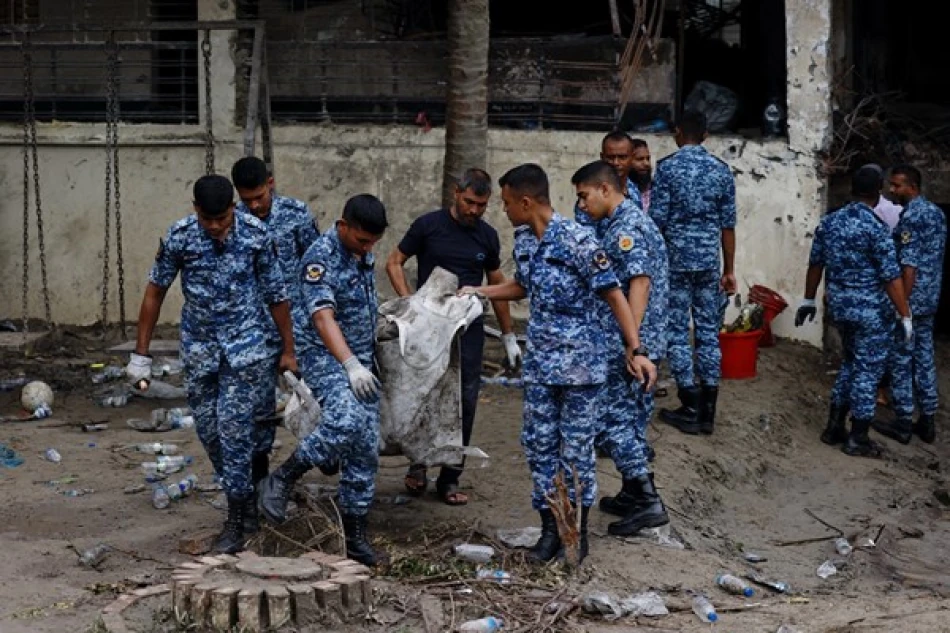
Deadly Fighter Jet Crash in Bangladesh Claims Multiple Lives
Bangladesh Fighter Jet Crash Claims 27 Lives, Mostly Children, in Dhaka School Tragedy
A military aircraft disaster in Bangladesh's capital has killed at least 27 people, including 25 children, after a fighter jet crashed into a school in Dhaka. The tragedy underscores growing concerns about military aviation safety in South Asian nations operating aging aircraft fleets amid budget constraints and infrastructure challenges.
Rising Death Toll Reveals Scale of Catastrophe
The death toll from Tuesday's crash has climbed from an initial report of 20 fatalities to 27 confirmed deaths, according to Syed Rahman, special assistant to the chief adviser of the Ministry of Health and Family Welfare. The victims include 25 children, highlighting the devastating impact on Bangladesh's younger generation.
The single pilot fatality suggests the aircraft was on a routine training or patrol mission when the incident occurred, though official investigations into the cause remain ongoing.
Military Aviation Safety Under Scrutiny
This crash adds Bangladesh to a concerning list of South Asian nations experiencing military aviation accidents in populated areas. The incident raises questions about flight path planning over densely populated urban centers like Dhaka, where millions of residents live in close proximity to military installations.
Regional Pattern of Military Aircraft Incidents
Similar tragedies have struck across the region in recent years. Pakistan has experienced multiple military aircraft crashes, including incidents involving Chinese-supplied jets. India has faced criticism over its military aviation safety record, with dozens of aircraft losses over the past decade affecting both Russian and domestically-produced fighters.
These incidents typically stem from a combination of factors: aging aircraft fleets, maintenance challenges, pilot training limitations, and the complex logistics of operating military aviation in densely populated regions.
Implications for Bangladesh's Defense Modernization
The crash comes as Bangladesh has been gradually modernizing its military capabilities, balancing relationships with multiple defense suppliers including China, Russia, and Western nations. The country's air force operates a mixed fleet of aircraft from various manufacturers, creating maintenance and training complexities.
This incident will likely prompt renewed scrutiny of Bangladesh's military aviation protocols, particularly regarding flight operations over civilian areas. Insurance costs for military operations may increase, while public pressure could mount for enhanced safety measures and potentially restricted flight paths over populated zones.
Broader Safety and Policy Questions
The tragedy highlights the delicate balance developing nations face between maintaining military readiness and ensuring civilian safety. Unlike wealthier countries that can afford extensive safety protocols and newer aircraft, Bangladesh and similar nations often operate with constrained budgets that can impact maintenance schedules and safety investments.
The high number of child casualties will likely accelerate discussions about emergency response capabilities at educational institutions and whether current evacuation procedures are adequate for such rare but catastrophic events.
Most Viewed News

 Layla Al Mansoori
Layla Al Mansoori






